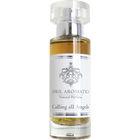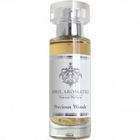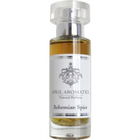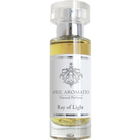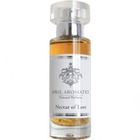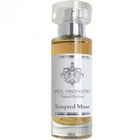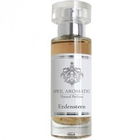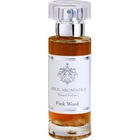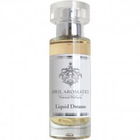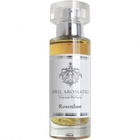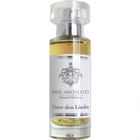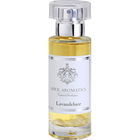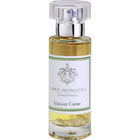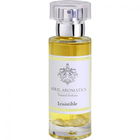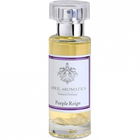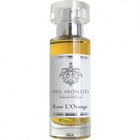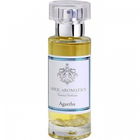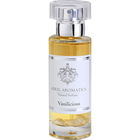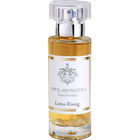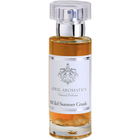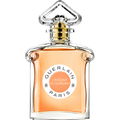05/20/2025

ClaireV
969 Reviews

ClaireV
1
Jasmina in oil format compared to the Jasmina eau de parfum
Jasmina in oil format presents in much the same way as Jasmina in eau de parfum. This is probably due to the fact that the original composition itself is rather straight-forward, relying on its top-notch naturals to do all the talking. The notes list reads as jasmine, ylang, and grapefruit, and indeed, that is really what you get. But thanks to the complexity and ‘ripeness’ of the raw materials used, the perfume never comes off as shallow. The jasmine oil, in particular, is stunning. Its rubbery, inky purpleness is almost something you can taste at the back of your tongue. The jasmine is natural and untrimmed – the full bush, so to speak – so in addition to the velvety lushness of the flower, we also get hints of gasoline, rubber tubing, dirt, mint, leather, and melting plastic. Lovers of natural jasmine will immediately (and correctly) rank this up there with the other great natural jasmines of the world, including Tawaf from La Via del Profumo and Jasmin T from Bruno Acampora.
The differences between the oil and eau de parfum are slight but emerge more distinctly when worn side by side. The eau de parfum accentuates the grapefruit note, its urinous character adding even more raunch to the dirty, indolic jasmine. The oil, on the other hand, is grapefruit-neutral. The effect of the grapefruit-jasmine pairing in the eau de parfum runs close to the powdered, heady jasmine-civet combination in Joy (Patou). Because the citrus note is sharply emphasized in the eau de parfum, its texture is more effervescent. The oil is more subdued in comparison.
On balance, the eau de parfum version is dirtier and lustier. The eau de parfum starts off brighter and more urinous than the oil, but its jasmine component is fleshier and therefore sexier. The eau de parfum is a jasmine-forward floral with a rich, perfumey backdrop, while the oil is a jasmine soliflore that, after a petrol-and-rubber opening (borrowed from the ylang), settles into something very pristine and freshly-scrubbed. Choose, therefore, according to how you take your jasmine.
The differences between the oil and eau de parfum are slight but emerge more distinctly when worn side by side. The eau de parfum accentuates the grapefruit note, its urinous character adding even more raunch to the dirty, indolic jasmine. The oil, on the other hand, is grapefruit-neutral. The effect of the grapefruit-jasmine pairing in the eau de parfum runs close to the powdered, heady jasmine-civet combination in Joy (Patou). Because the citrus note is sharply emphasized in the eau de parfum, its texture is more effervescent. The oil is more subdued in comparison.
On balance, the eau de parfum version is dirtier and lustier. The eau de parfum starts off brighter and more urinous than the oil, but its jasmine component is fleshier and therefore sexier. The eau de parfum is a jasmine-forward floral with a rich, perfumey backdrop, while the oil is a jasmine soliflore that, after a petrol-and-rubber opening (borrowed from the ylang), settles into something very pristine and freshly-scrubbed. Choose, therefore, according to how you take your jasmine.






 French jasminum grandiflorum
French jasminum grandiflorum American pink grapefruit
American pink grapefruit Indian jasminum grandiflorum
Indian jasminum grandiflorum Thai ylang-ylang
Thai ylang-ylang



 Ergoproxy
Ergoproxy Gandix
Gandix Rieke2021
Rieke2021 Yatagan
Yatagan Heikeso
Heikeso Holly66
Holly66 DasCroe
DasCroe MichH
MichH Serenissima
Serenissima Jennytammy
Jennytammy